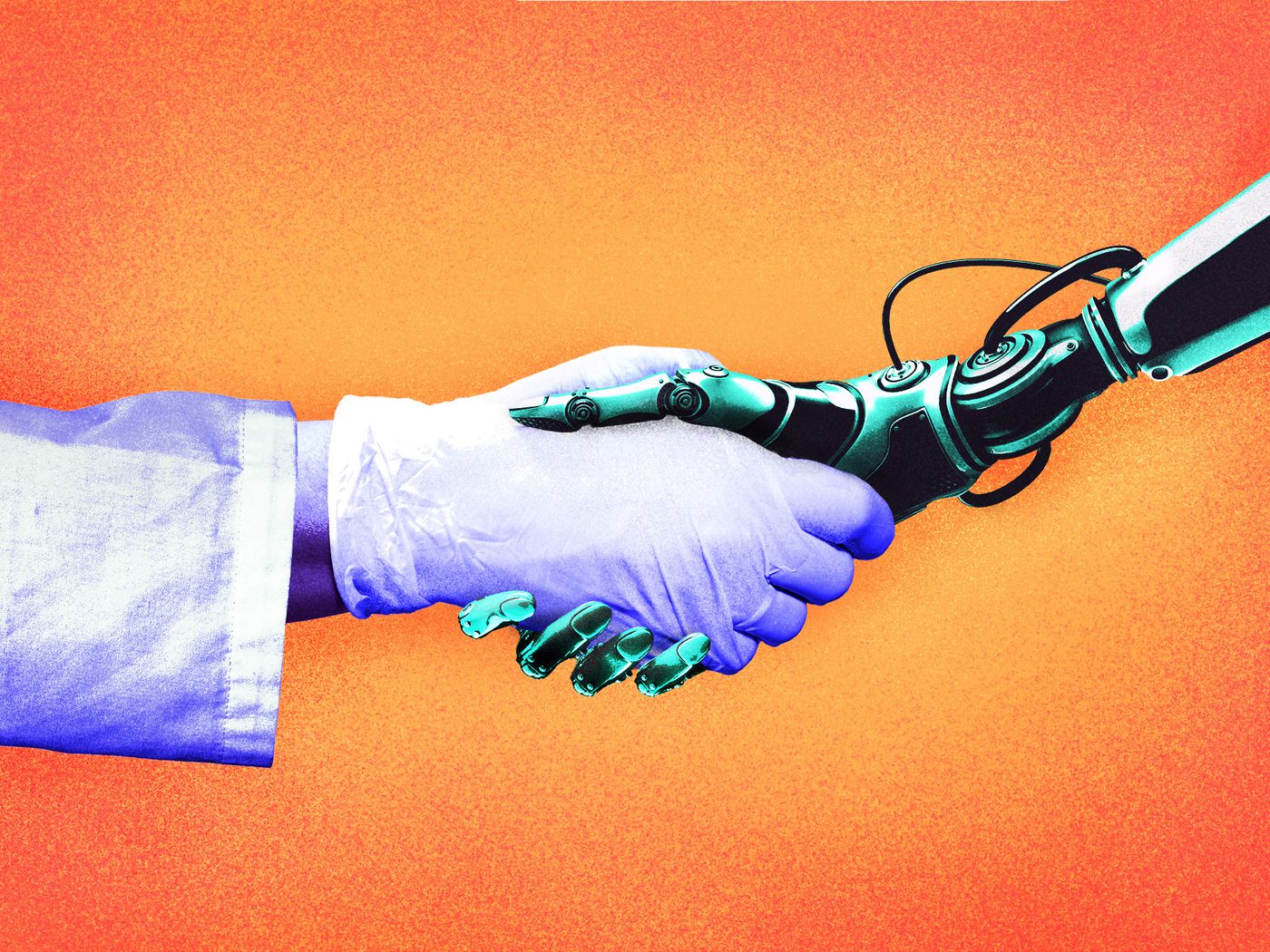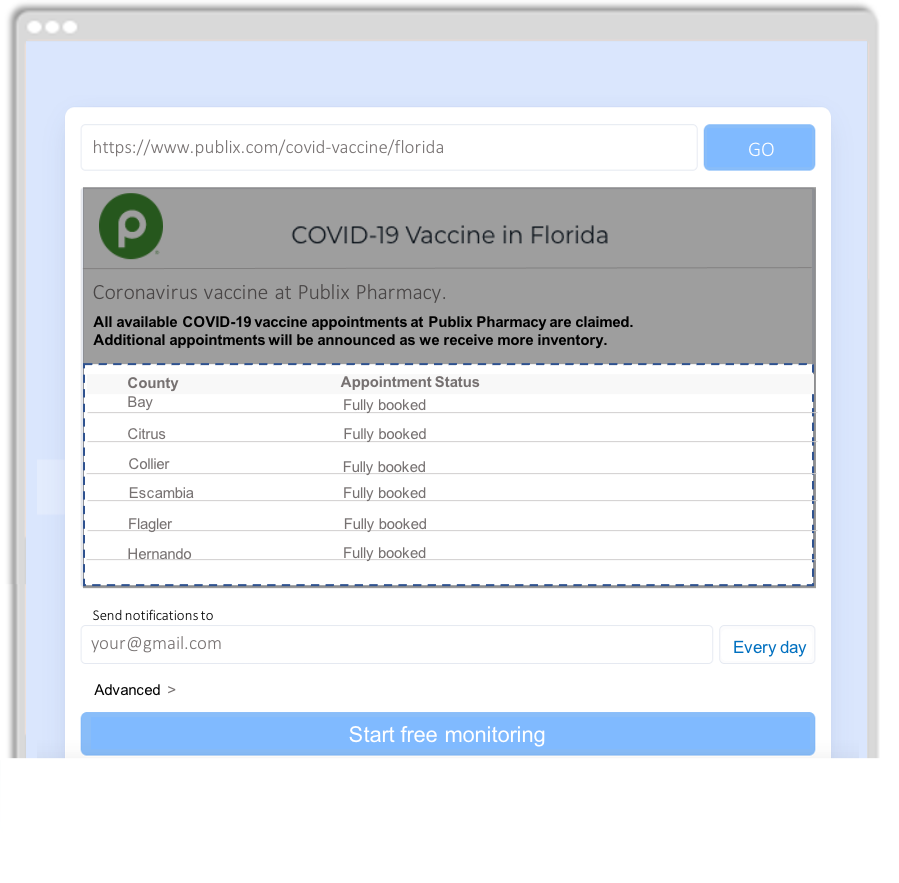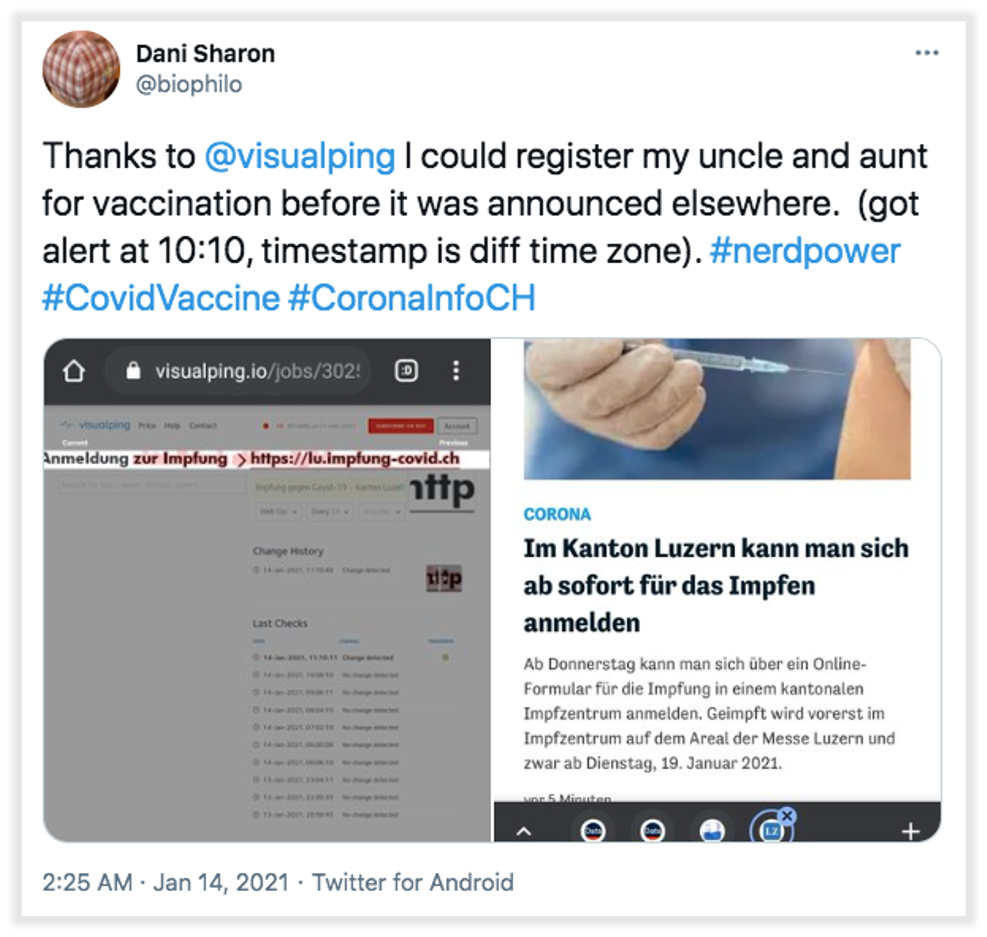
For many, the vaccine bot was the answer to limited Covid-19 vaccine supply and glitchy provider websites.
But not all public health officials thought they were a good idea.
The chaos of the vaccine rollout now settled, we’re clearing the air for vaccine bots: what they are, what they did, and their pivotal role during the pandemic.
The vaccine bot emerged amid the chaos of the US Covid-19 vaccine rollout: confusing protocols, poorly designed websites, broken links and endless portals didn’t make registering for the vaccine easy.
The Centers for Disease Control and Prevention made official recommendations about who should be vaccinated first. Instead, however, Operation Warp Speed allocated doses to the states according to their population, and many states went rogue and further ignored the agency’s suggestions.
An inscrutable mix of state officials, public health agencies and lobbyists then determined the eligibility tiers per state -- sometimes even by county. Then they tried taking requests from hospitals, which had their own algorithms for how to distribute the vaccine.
With states and cities and hospitals setting up widely different rules, the discrepancies in eligibility criteria stoked confusion and anxiety for many. Compounded with broken links, crashing vaccine sites and slots that would open for no more than a couple seconds – nobody really knew what was going on.
Enter the vaccine bot. Vaccine bots scanned provider websites to monitor vaccine availability. When a change was detected on the web page (a list of appointment slots changing from “Full” to “Open”), the vaccine bot sent alerts to people via social media, like Twitter or Facebook, and email, notifying them of the opportunity to sign up for their shot.
Visualping, a popular bot for monitoring changes to web pages, was used as a vaccine bot by more than 80,000 people in the US. It scanned provider websites and sent email alerts when slots became available, or for other important updates, like when a locality's eligibility criteria changed.

What is a Vaccine Bot?
Bots, short for “robots” and also known as internet bots, are automated software programs designed to learn and execute specific computer-based tasks, such as repetitive rules-based processes.
Bots emulate tasks normally performed by humans, but they do so continuously – without the possibility of human error. They don’t get tired, and they don’t take lunch breaks, making the vaccine bot the perfect candidate for monitoring the sporadic availability of new vaccine slots.
Where Did the Vaccine Bot Come From?
While bots have been around for decades, the hype blew up in 2016 as developers threw time and money into the reverie of personal digital helpers. Facebook and Microsoft announced investments in new user messaging interfaces, and the rising number of bots within them. Slack launched a fund to support the bots it hoped would build on its platform.
Now, smartphones and messaging interfaces – WeChat, WhatsApp, Instagram and Facebook Messenger – have surfaced as some of the world’s most popular apps. Bots populate websites and social media platforms to improve businesses’ customer service and speed up shopping processes. They’re also a cheaper and faster employee for repetitive back-office administrative work like filling in forms and making calculations.
But bots during the pandemic didn’t come from businesses. They came from ordinary people. Software engineers across the country saw how difficult it was to manually check for appointments and eligibility updates, and made their own vaccine bots to help seniors and less tech-savvy people in their community get the vaccine. Other volunteers relied on these bots to be alerted of open slots and sign up loved ones and seniors in the community as soon as possible.
As emblematized by the rise of the vaccine bot during the pandemic, bots are also becoming more popular amongst the everyday consumer. The work of bots is invisible but unwavering as we try to efficiently read our emails, ask our phones for driving directions or get music or movie recommendations. Bots automatically interact with web pages, talk with users, monitor content and perform all sorts of other useful tasks to make our lives easier.
Case in point: Visualping, while used by many as a vaccine bot, is also commonly used to monitor ecommerce product pages to send users restock alerts for back in stock products. It tracks price changes and sends users deal alerts when products go on sale. Social media users use it to monitor Facebook pages and Instagram profile changes.
Are Vaccine Bots Good or Bad?
Despite their handiness, the rise in vaccine bots raised concerns. Not all public health officials think they're a good idea. Health officials in parts of New Jersey attempted to block vaccine bots under the assertion they favor the tech savvy, as opposed to the most vulnerable.

But computer programmer Noah Marcus, whose vaccine bot was blocked in Union County, says the US’s vaccine system already favors the tech-savvy. Booking a slot favors anyone “who can just sit in front of their computer all day, hitting refresh.” Vaccine bots make this process easier for people who are less tech savvy, by navigating the provider sites, doing the checking for them.
Another concern is that bots overwhelm the websites people are trying to monitor for changes. But bots like Visualping make sure to only check the website every 5 minutes. and, if more than one person wants to check that site, Visualping assigns these popular pages with a single bot to centralize the monitoring and avoid overwhelming the sites, rather than using a bot for each user.
What is a Vaccine Bot? Conclusion
When there was limited vaccine supply at the start of 2021, the vaccine bot emerged as a solution to those trying to snag a slot during the few fleeting seconds a slot would be open. The vaccine bot automatically checked web pages for changes and alerts users, via Twitter, Facebook or email, of those changes.
Vaccine bots are a type of bot, which is an automated program designed to learn and execute specific computer-based tasks. Bots emulate computer-based tasks and interact with applications or systems much like the way people do.
Visualping, a popular monitoring bot that checks websites for changes, was used by over 80,000 people, in the US alone, as a vaccine bot. Visualping was one of the many vaccine bots that played a momentous role in helping people discover newly available slots for themselves, loved ones and seniors in the community.
Want to monitor web pages for changes?
Sign up with Visualping to get notified of alerts from anywhere online, so you can save time, while staying in the know.
Emily Fenton
Emily is the Product Marketing Manager at Visualping. She has a degree in English Literature and a Masters in Management. When she’s not researching and writing about all things Visualping, she loves exploring new restaurants, playing guitar and petting her cats